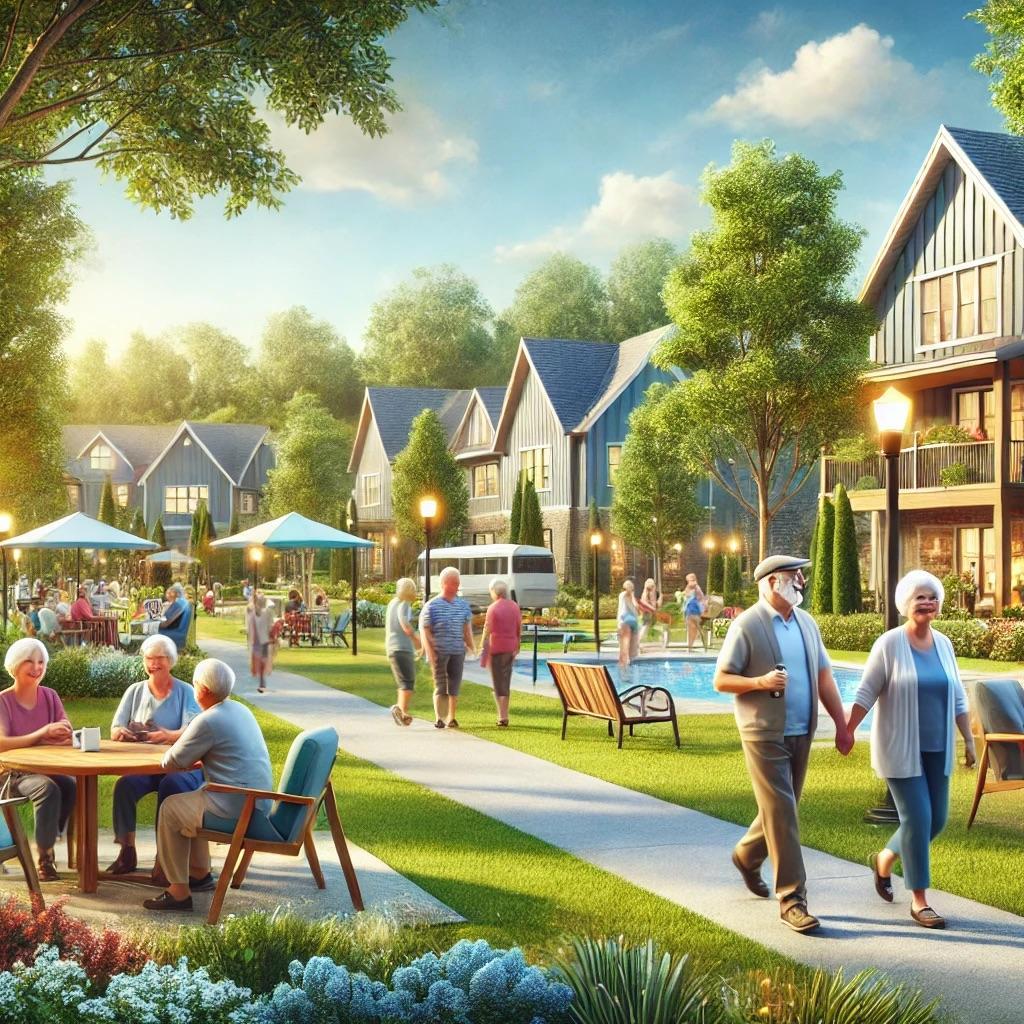55+ Communities: Are They a Good Fit for You?

As the Baby Boomer and Generation X populations enter retirement, communities designed specifically for those aged 55 and better are becoming increasingly popular. Today's seniors are more independent and tech-savvy than ever before, with a significant number prioritizing high-speed internet access. Because of this, locations such as Florida, Arizona, Nevada, California, and Texas are seeing a boom in these active adult communities. These vibrant, sun-drenched places offer residents the chance to enjoy their golden years brimming with activities, social events, and wellness-centric amenities.
What Defines an Active Adult Community?
Active adult communities are tailored to create a comfortable and engaging lifestyle for people aged 55 and older. These neighborhoods usually feature single-family homes, patio dwellings, condos, or townhomes owned by the residents. They are often located close to amenities like shopping centers, parks, and restaurants, ensuring a high quality of life. According to the Housing for Older Persons Act (HOPA), to qualify as 55+ housing, these communities must follow specific guidelines. They must ensure that at least 80% of the homes have one occupant aged 55 or older, maintain policies to establish themselves as senior residences, and adhere to the Department of Housing and Urban Development's verification standards.
Is a 55+ Community a Smart Investment?
For seniors seeking an active lifestyle surrounded by peers, moving into a 55 and older community may be a fitting choice. These communities focus on promoting health and well-being, offering a wide range of activities like fitness classes and club events. People are increasingly drawn to these environments as they provide a lifestyle crafted to meet the needs of independent older adults.
Pros and Cons of Living in a 55+ Community
When evaluating senior living options, it is important to weigh the advantages and disadvantages. Here's a closer look at some key aspects of 55+ communities:
Pros
1. Low Maintenance: These communities often boast well-kept, low-maintenance exteriors, offering residents a tidy and aesthetic environment to enjoy, without the hassle of burdensome upkeep.
2. Community Atmosphere: They provide residents with an opportunity to connect with others from diverse backgrounds, all focused on enjoying retirement comfortably.
3. Tranquil Setting: The age restriction ensures a quiet, peaceful atmosphere, perfect for spending quality time with loved ones.
4. Rich Amenities: Residents have access to amenities such as pools, fitness centers, and social clubs, all designed to keep them active and engaged.
Cons
1. Limited Age Diversity: With a population mostly over 55, these communities may lack age diversity, which can be unattractive to some.
2. Restrictions on Real Estate Use: Non-senior family members cannot reside in these homes without a senior present, which might limit real estate investment opportunities for some.
3. No Included Care Services: These communities do not offer assisted living or healthcare services in their standard packages, requiring additional arrangements for any in-home care.
Can Younger Individuals Live in a 55+ Community?
Yes, with conditions. Typically, as long as one resident is at least 55 years old, others in the household can be younger, usually over 40. Most communities have rules about children visiting overnight, so it's best to check these regulations.
It's crucial to differentiate between active adult communities and other senior living options like assisted or independent living facilities, which provide more comprehensive care services. Therefore, thoroughly researching and considering your family’s needs is necessary when deciding if a 55 and older community is the right fit.





